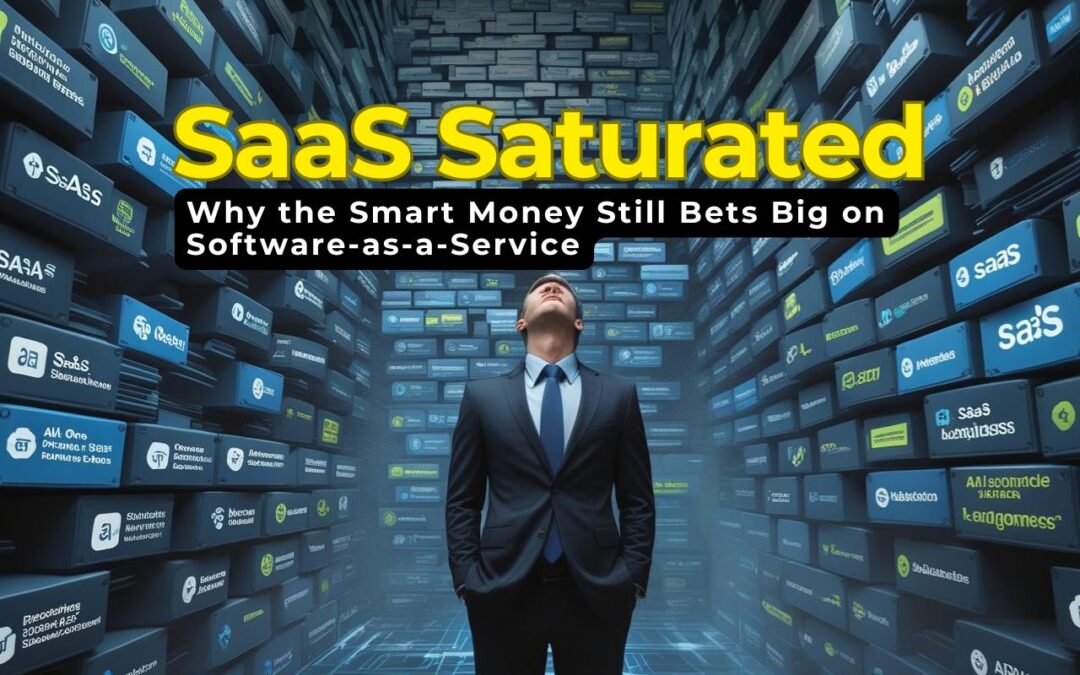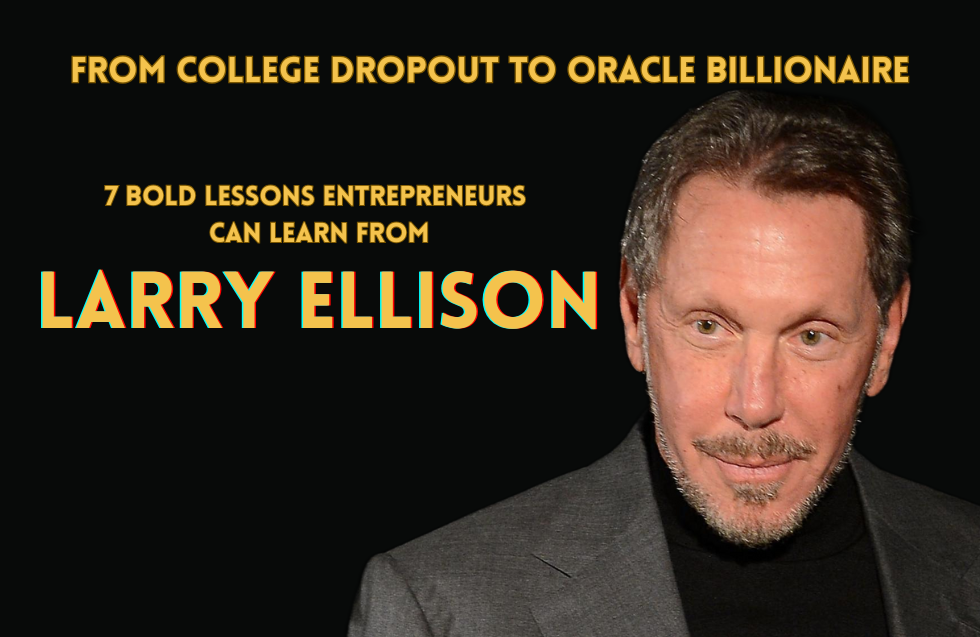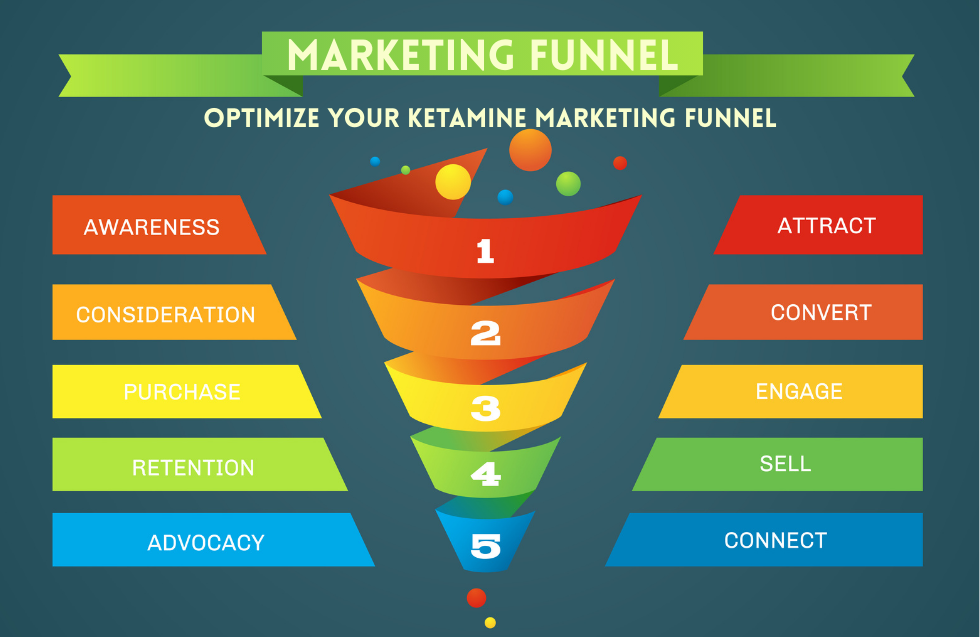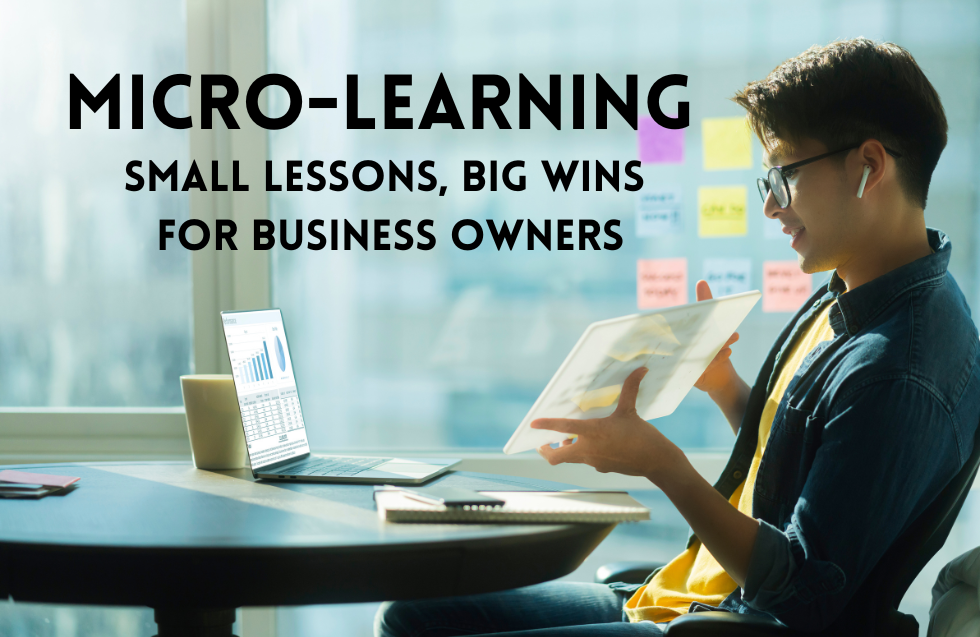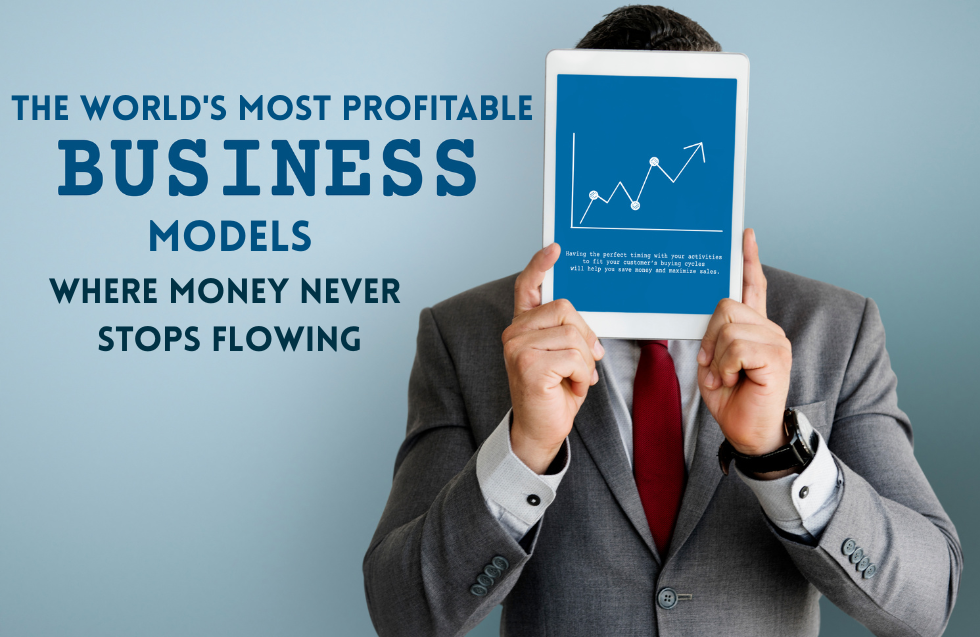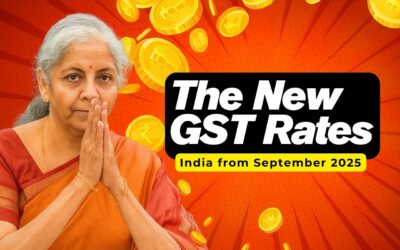No matter where you’re looking, there is a new SaaS saturated product trending. There seems to be a tool for everything nowadays, from project trackers to dog walking planners. So the question is – is the SaaS market finally saturated? Not even close. With the proliferation of software platforms, SaaS is no longer stalling and continues to become more dynamic. Especially since many of the smartest founders and investors are doubling down in SaaS right now. It’s important to understand that the market opportunity is no longer about building yet another cookie-cutter tool. Rather, it’s now all about building smarter, sharper, and specialized software.
The Reality of Saturation
Yes, the landscape looks saturated. There are indeed thousands of SaaS tools. But most of them are focused on the wide and overlapping of problems. The tools -the good ones- that matter will solve very specific issues for very specific people.
We’re now in the age of Micro SaaS -small, well-defined tools that can be operated leanly-with fewer executives, even one solo person. However, they will create tremendous value addressing narrow pain points overlooked by others. Think about it; consider tools built for freelance tax consultants, yoga teachers in Tier-2 cities, and remote HR teams in logistics. This is not saturation -this is precision.
Reasons to Still Consider SaaS in 2025
Let’s be clear. The Software-as-a-Service (SaaS) model is still favorable for several reasons:
- Predictable revenues from subscription pricing
- Minimal setup costs, no physical inventory.
- Grows faster than hiring a bunch of people
- Real-time feedback, adapt more quickly to your users
- Highly profitable margins, especially with Micro SaaS
What’s changing the game in 2025 is not the SaaS model, but what the SaaS companies are building and what the purpose is.
Trends that shape the future of SaaS
Here are some trends that are not just keeping SaaS relevant, but boosting profitability:
1. AI-Native is the New Standard
The days of fancy AI features are gone. The best SaaS tools are built as AI-Native, where the AI is at its core. Not just automating things, but to learning and adapting, so they are providing the ultimate proactive solution to problems. Whether it’s auto-summary of meetings or avoiding customers from churning, AI-Native solutions rule.
2. Growth of Micro SaaS and Vertical SaaS
Companies are choosing to go niche, rather than targeting “everyone”. This is why Micro SaaS ideas are taking off, especially ideas in which a developer experienced a problem and built a smart solution around it. SaaS products are now being made with the target of specific industries, professions, and even locations.
3. Flexible Pricing Models
SaaS isn’t just subscription billing on a monthly basis anymore. A lot of companies are moving toward usage-based pricing or value-based billing models.
4. Security Becomes a Selling Point
With the number of cloud-based tools and teams using 5 or more, data security is becoming an issue. Companies are now making conscious decisions to adopt SaaS tools that have built-in data protection and security. You can no longer expect transparency, privacy, or real-time monitoring to come as part of a SaaS service—you have to build it in.
5. Low-Code/No-Code Tool Empowerment
If you want to build a Micro SaaS, you no longer have to be a developer. Increasingly, we see no-code solutions and drag-and-drop builders. This means marketers, operations folks, and freelancers can also be builders, and innovation, experimentation, and unexpected founders of Micro SaaS production models will increase.
Developers Are Quietly Winning with SaaS
The vast majority of Micro SaaS products that have reached some degree of success are created by either a solo developer or a very small team, building a product to solve a pain point that they themselves encountered. So it shouldn’t be surprising that some of the most regularly searched SaaS ideas are for developers.
These tools could be a Chrome extension for exporting messages from LinkedIn, or even a dashboard to help track freelance client payments! These developers are building tools they would actually use themselves, and with the advent of AI handling a lot of the lifting, shipping a finished product has never been easier.
With some products starting as half-hearted side-projects, the right amount of applicability and audience can turn a side project into a Micro SaaS that can earn you a profit! If you’re a developer with a robust idea sitting on it, 2025 is the year to stop waiting and start building.
What People Are Searching for (and Why You Should Care)
Look at the search trends, and a lot of people aren’t giving up on SaaS; they’re doubling down. Popular search phrases include:
- Micro SaaS ideas 2025
- SaaS ideas to earn
- Micro SaaS examples
- SaaS ideas for programmers
- What is SaaS
- Micro SaaS businesses
- Micro SaaS ideas Reddit
This gives you one insight: interest is still very high, especially if you’re an aspiring founder, indie hacker, or someone who works with technology and wants to create something small, lean, and profitable.
Examples Of What’s Working Right Now
Here are just a few smart SaaS and Micro SaaS ideas taking off in 2025:
- A compliance checklist tool for small dental clinics
- A weekly newsletter template for real estate agents with content included
- A time tracking tool for digital artists
- An AI resume grader for college placement cells
- A booking manager for local fitness instructors with WhatsApp integration
These platforms aren’t very big. They are simple, useful, and targeted. And they’re making money.
Final Thoughts: SaaS Isn’t Saturated – It’s Just Maturing
So, no there isn’t an oversaturation of SaaS. It’s just evolving. The established “build for everybody” model is shifting to a “build for someone” model. This change enables individual creators, independent developers, and small teams to bootstrap and elegantly solve problems for real situations. In 2025, the winners won’t be the businesses trying to do everything for everyone; the winners are those that dig in, serve their market, and generate value day after day.
SaaS saturated is still one of the best business models on the market. If you play it smart, you still have room at the table.
